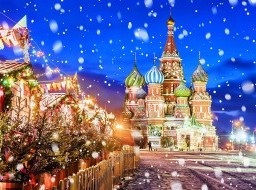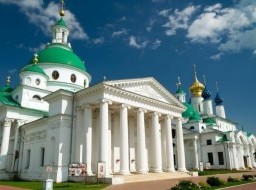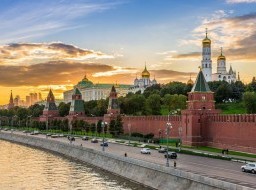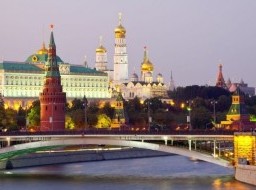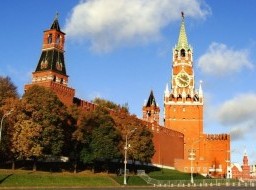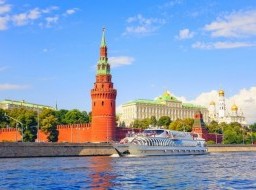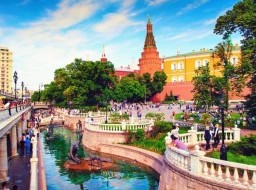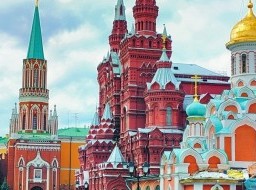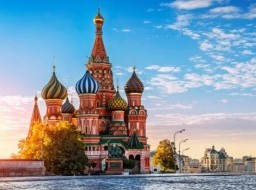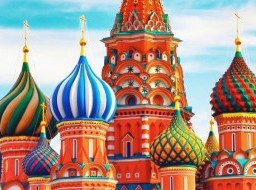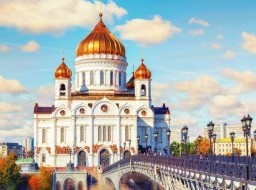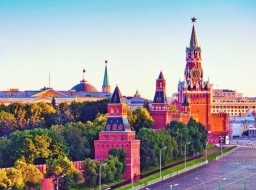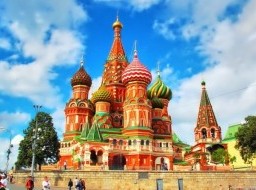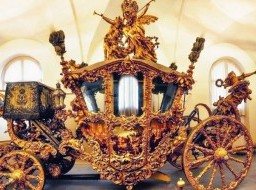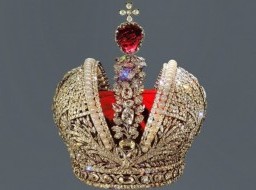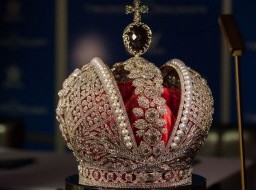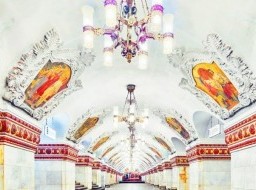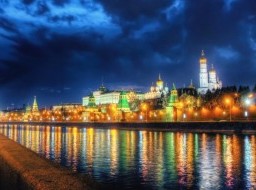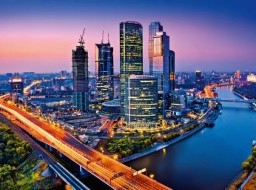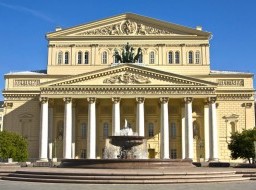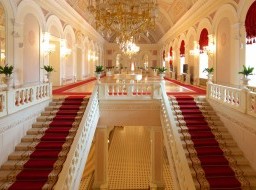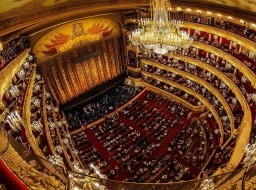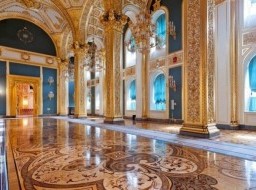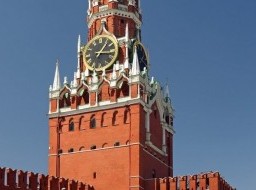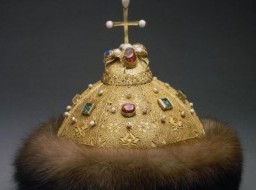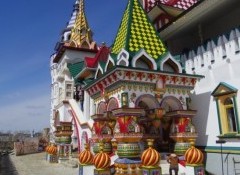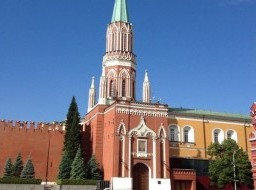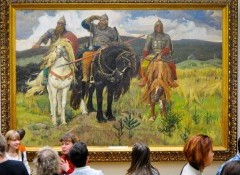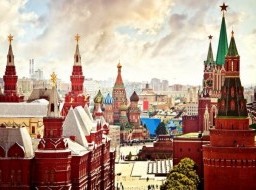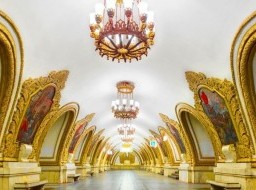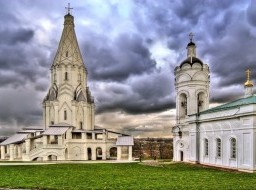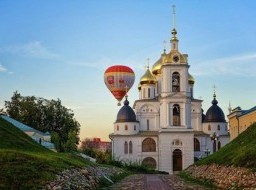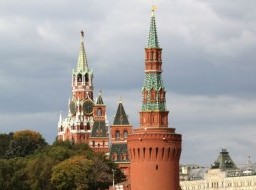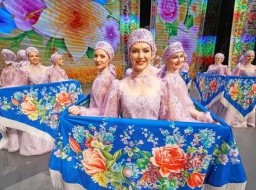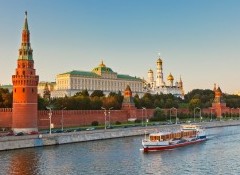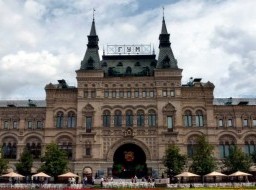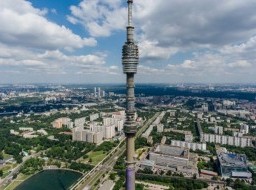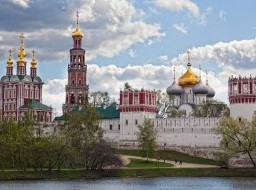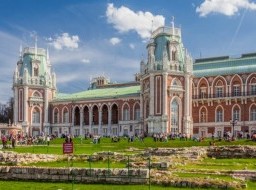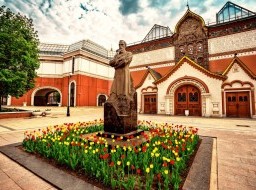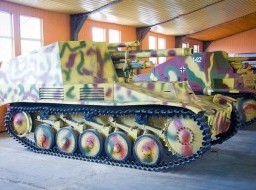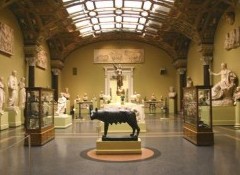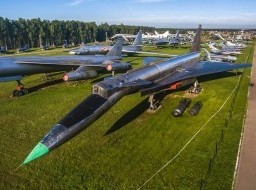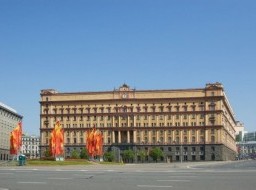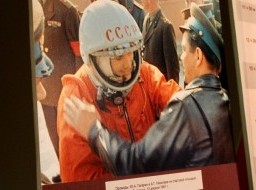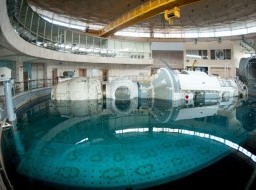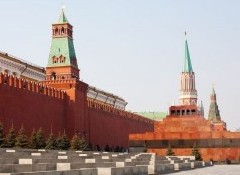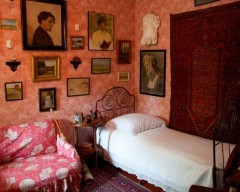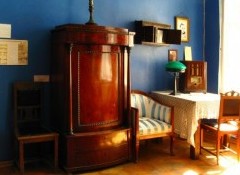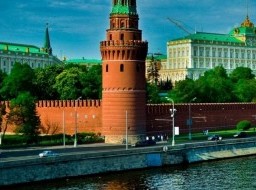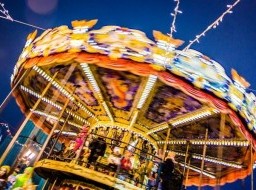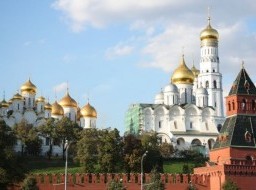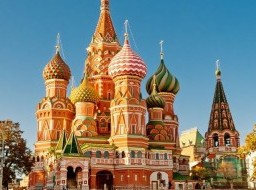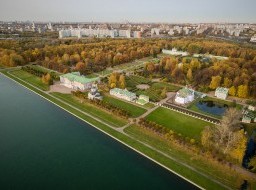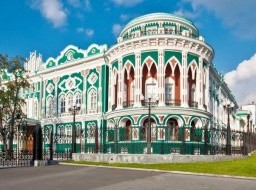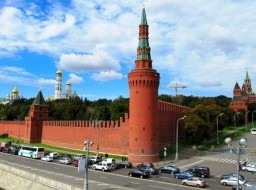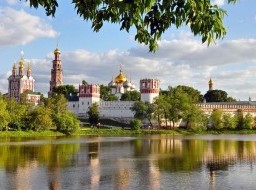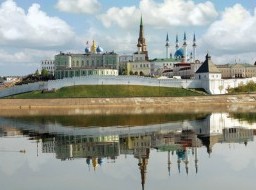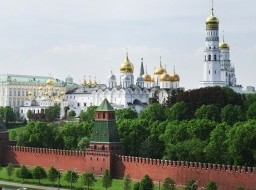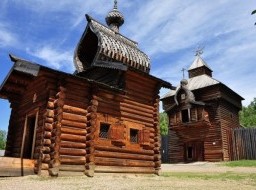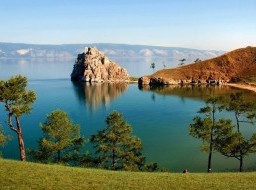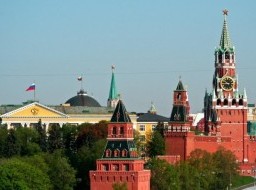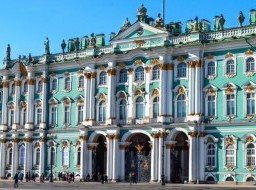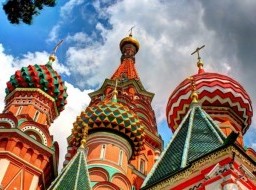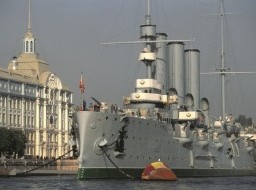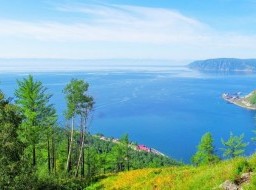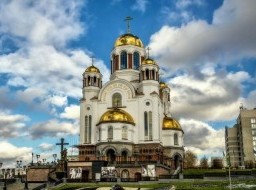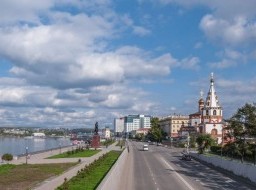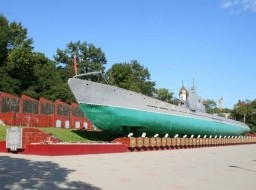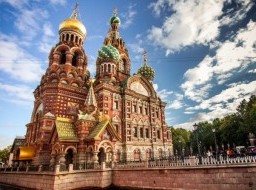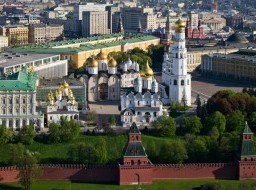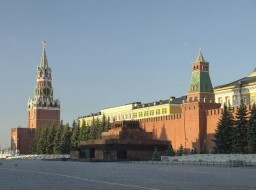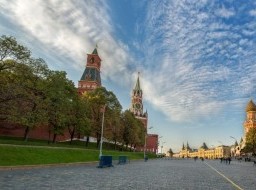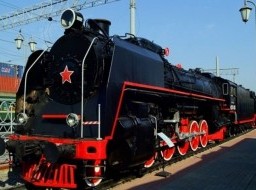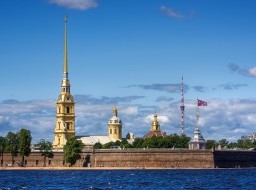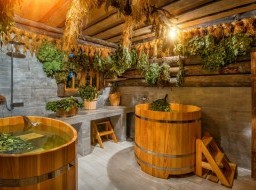GUM
The GUM shopping mall is a landmark in Moscow's Red Square. It occupies the majority of the historic square's east side with a facade stretching the length of two and a half football fields. The Gum (pronounced as 'goom') department store was built over a hundred years ago and is a testament to the expertise of late nineteenth century Russian architecture. With the looks of a royal palace this mall is a fitting addition to the numerous gems surrounding the Red Square. The magnificent interiors comprise three elegantly designed floors with a glass roofed central courtyard spanning the whole length of the GUM. The floors are connected by bridges giving the whole area a graceful look associated with the finest buildings of yesteryear. At the centre of the complex is a lovely fountain that has served for decades both as a favourite meeting place and a popular photo opportunity. Moscow's GUM (each former soviet city had its own GUM) is today full of flagship stores with the most recognised brands from around the world. Apart from retail outlets, GUM also offers space for dining, cafes, exhibitions, galleries, leisure activities and cultural events. Considering the beauty of this historic complex, the GUM in Moscow must be one of the most popular shopping malls in the country that doubles up as a great tourist attraction. GUM is the main department store in many cities of the former Soviet Union, known as State Department Store during the Soviet era. Similarly-named stores were found in some Soviet republics and post-Soviet states. The most famous GUM is the large store in the Kitai-gorod part of Moscow facing Red Square. It is currently a shopping mall. Prior to the 1920s, the location was known as the Upper Trading Rows. Nearby, facing The Bolshoi Theatre, is a building very similar to GUM, known formerly as the Middle Trading Rows, now the TsUM, comparable in size to a large North American shopping mall, with a glass roof. Design and structureWith the façade extending for 794 ft (242 m) along the eastern side of Red Square, the Upper Trading Rows were built between 1890 and 1893 by Alexander Pomerantsev (responsible for architecture) and Vladimir Shukhov (responsible for engineering). The trapezoidal building features a combination of elements of Russian medieval architecture and a steel framework and glass roof, a similar style to the great 19th-century railway stations of London. William Craft Brumfield described the GUM building as "a tribute both to Shukhov's design and to the technical proficiency of Russian architecture toward the end of the 19th century". The glass-roofed design made the building unique at the time of construction. The roof, the diameter of which is 46 ft (14 m), looks light, but it is a firm construction made of more than 50,000 metal pods (about 819 short tons (743 t), capable of supporting snowfall accumulation. Illumination is provided by huge arched skylights of iron and glass, each weighing some 820 short tons (740 t) and containing in excess of 20,000 panes of glass. The facade is divided into several horizontal tiers, lined with red Finnish granite, Tarusa marble, and limestone. Each arcade is on three levels, linked by walkways of reinforced concrete. HistoryCatherine II of Russia commissioned Giacomo Quarenghi, a Neoclassical architect from Italy, to design a huge trade center along the east side of Red Square. The existing structure was built to replace the previous trading rows that had been designed by Joseph Bove after the 1812 Fire of Moscow. By the time of the Russian Revolution of 1917, the building contained some 1,200 stores. After the Revolution, the GUM was nationalised. During the NEP period (1921–28), GUM as a State Department Store operated as a model retail enterprise for consumers throughout Russia regardless of class, gender, and ethnicity. GUM's stores were used to further Bolshevik goals of rebuilding private enterprise along socialist lines and "democratizing consumption for workers and peasants nationwide". In the end, GUM's efforts to build communism through consumerism were unsuccessful and arguably "only succeeded in alienating consumers from state stores and instituting a culture of complaint and entitlement". GUM continued to be used as a department store until Joseph Stalin converted it into office space in 1928 for the committee in charge of his first Five Year Plan. After the suicide of Stalin's wife Nadezhda in 1932, the GUM was used briefly to display her body. After reopening as a department store in 1953, the GUM became one of the few stores in the Soviet Union that did not have shortages of consumer goods, and the queues of shoppers were long, often extending entirely across Red Square. At the end of the Soviet era, GUM was partially, then fully privatized, and it had a number of owners before it ended up being owned by the supermarket company Perekryostok. In May 2005, a 50.25% interest was sold to Bosco di Ciliegi, a Russian luxury-goods distributor and boutique operator. As a private shopping mall, it was renamed in such a fashion that it could maintain its old abbreviation and thus still be called GUM. However, the first word Gosudarstvennyi ('state') has been replaced with Glavnyi ('main'), so that GUM is now an abbreviation for "Main Universal Store". |
|
